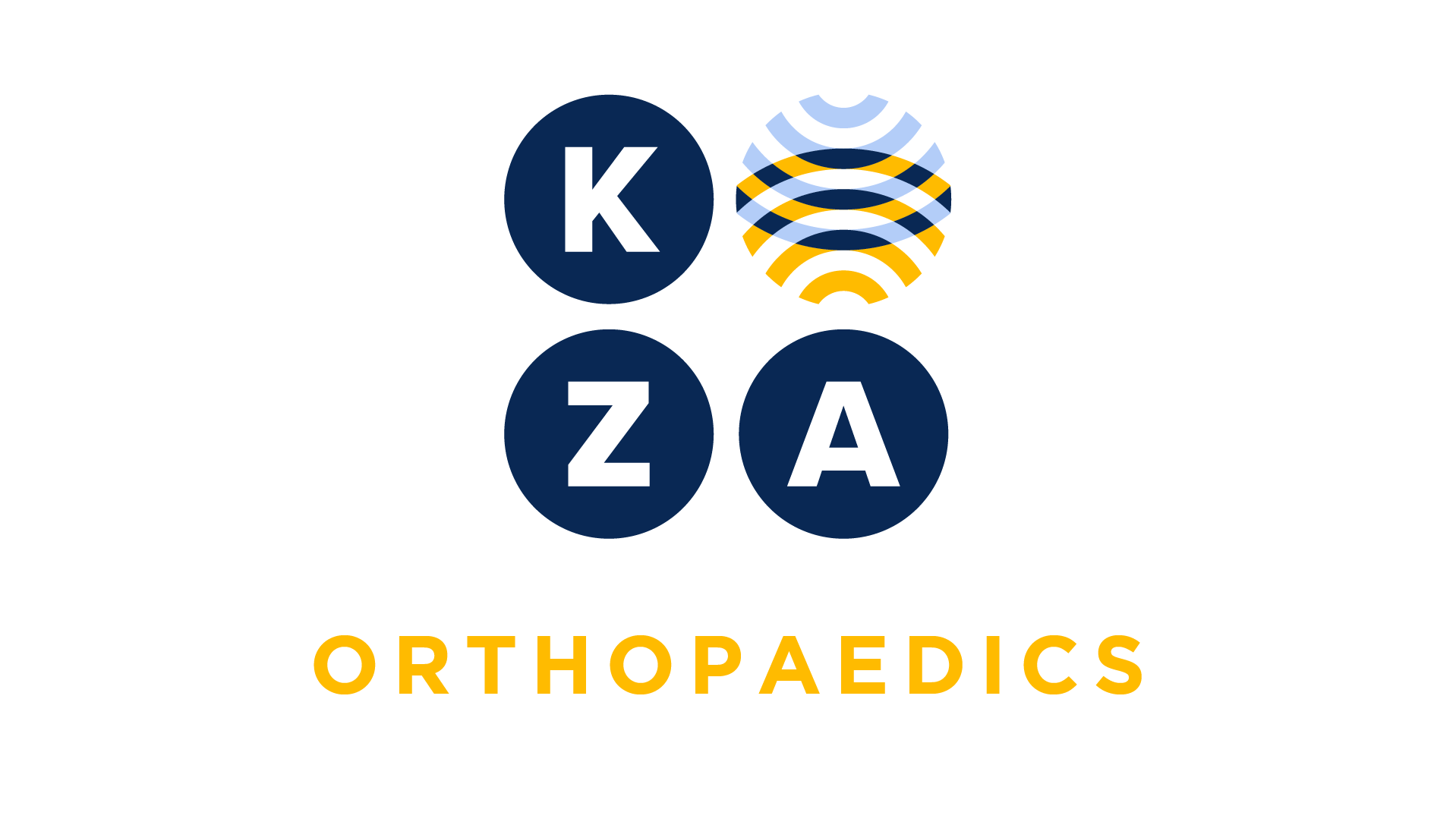
Choose your specialty from the list below to see how our experts have tackled a wide range of client questions.
Looking for something specific? Utilize our search feature by typing in a key word!
DME Billing Inquiry
Do you have any tips on how to handle Medicare Replacement/Part C/Advantage patients for possible non-coverage?
Question:
Do you have any tips on how to handle Medicare Replacement/Part C/Advantage patients for possible non-coverage?
Answer:
Medicare Advantage Plans are required to cover what Medicare covers at a minimum. You should reach out to the individual plan and inform them of this. You can also attach the Medicare coverage policy when you appeal the claim.
*This response is based on the best information available as of 2/15/24.
Fracture Documentation Inquiry
Question:
Recently a surgeon of ours documented the following for a patient evaluated in our office.
HPI: Right lateral depressed tibial plateau fracture
X- rays: Review of CT and X-Ray shows, “lateral split depressed right tibial plateau fracture with 8mm of lateral joint line depression.”
Diagnosis: Closed fracture of right tibial plateau, initial encounter
Plan: ORIF of tibial shaft fracture noting the joint instability
The coding staff assigned a level 3 encounter to this, and the surgeon is questioning why a displaced fracture requiring surgery would be considered low versus moderate risk for the problem addressed. The surgeon submitted a level four encounter and the staff down coded to a level three. Are you able to comment?
Answer:
Thank you for sending this via our ongoing consulting agreement and agreeing to use this as a coding coach.
Our first answer is to remind the providers, when possible, to address the complexity (risk) of the problem.
Second, the staff should query the provider if they do not understand the type of fracture and associated risk.
Third, the surgeon gave a diagnosis of a closed fracture of the right tibial plateau, initial encounter.
When speaking with the physician, a recommendation to document the diagnosis as “displaced fracture of lateral condyle of right tibia, initial encounter for closed fracture, initial encounter” to better describe the fracture that occurred.
The AMA has defined the Problems Addressed that would be pertinent to this condition as
Acute uncomplicated injury
Acute complicated injury with risk of complications, morbidity, or mortality.
Work with the surgeon to best determine the risk associated with the fracture. This is a great example of where enhanced documentation and speaking with the surgeon has benefits for both.
Additionally, the surgeon stated he reviewed the CT and XR and documented the findings. Remember to remind the surgeon of the difference between reviewing X-Rays and performing an independent interpretation—they are different and impact the level of risk in the MDM table.
*This response is based on the best information available as of 2/1/24.
E&M with Injections: Two Diagnoses
If we have an established patient where the physician evaluates the patient and decides to give an injection. The physician documents two diagnoses. May we report an E&M with the injection because we have two diagnoses?
Question:
If we have an established patient where the physician evaluates the patient and decides to give an injection. The physician documents two diagnoses. May we report an E&M with the injection because we have two diagnoses?
Answer:
An E&M is reportable with the injection when the significant separate service rules are met.
Two answers apply:
- We do not recommend reporting the E&M if the second diagnosis is at same location or joint that is being injected. In this case, a second diagnosis does not meet the “separate service” part of the modifier 25 definition.
- We recommend reporting the E&M-25 if the second diagnosis if:
- The second diagnosis is in a separate anatomic location from the injection site, and
- The second condition is evaluated and managed.
E&M With Injection: What If We Want to Code Based on Time?
We have a recent case where a patient returned with return of pain about five months after a previous injection. The physician evaluates the patient noting no new injury, no changes in his exam findings and decides to re-inject the patient’s knee without additional treatment options discussed. We shared with the physician that the E&M was not separately reportable. The physician asked, ‘what if I code based on time, is it reportable then?” We are unsure if this makes a difference or not. Will you address this question?
Question:
We have a recent case where a patient returned with return of pain about five months after a previous injection. The physician evaluates the patient noting no new injury, no changes in his exam findings and decides to re-inject the patient’s knee without additional treatment options discussed. We shared with the physician that the E&M was not separately reportable. The physician asked, ‘what if I code based on time, is it reportable then?” We are unsure if this makes a difference or not. Will you address this question?
Answer:
KZA agrees with your initial recommendation based on the information provided. In terms of your specific question, whether the rules associated with modifier 25 (significant, separate service) vary based on the methodology supporting a level of service, the answer is “no”.
The E&M guidelines address how to select a level of service based on either MDM (Medical Decision Making) or Time. The rules associated with modifier 25 are specific to the E&M meeting the significant separate service rules, not the methodology of E&M code selection. In the scenario provided, the significant separate services rules are not met; report the injection and drugs, as appropriate.
Established Patient: New Injury and Injection
We have a major hip and knee practice. We frequently see patients back for repeat injections; typically, we do not report the E&M, and report the injection only.
Question:
We have a major hip and knee practice. We frequently see patients back for repeat injections; typically, we do not report the E&M, and report the injection only.
Recently, in one of our coding meetings, we discussed “well, what if the patient presents with a new injury and the physician re-injects the same joint.”
The scenario the team created was as follows:
Established patient, prior knee injections, presents for unplanned visit with a new twisting injury sustained when the patient tripped over a rock while trail hiking. The injury caused the patient to lose balance and fall into a tree. The patient presents with complaints of the twisting injury, knee swelling and bruising in the area. The physician will order X-Rays. After reviewing the physician aspirates and injects the joint.
Does this meet modifier 25? We have not typically billed for this type of encounter and are trying to decide if we\ are too conservative in our approach.
Answer:
KZA appreciates the coding team meeting to discuss issues, concern about accurately reporting modifier 25 or not, and the detailed scenario.
KZA recommends reporting the E&M and an aspiration/injection in your scenario. There is a new injury requiring the physician to perform a medically appropriate exam and the decision to order X-Rays. The work is not related to a “repeat” injection but is medically necessary to evaluate the new injury. The physician will have an injury diagnosis, possible effusion diagnosis since an aspiration was performed and the diagnosis for any underlying condition if the fall caused an exacerbation of the underlying condition.
Established Patient Encounter: Is Modifier 25 Supported?
An established patient presents to the office for return of knee pain six months after the last injection to the same knee. The patient relates no new injury and states that over the past few weeks, the pain has become unbearable. The physician evaluates the patient and decides to reinject the same knee. Does this meet the modifier 25 definition since the physician re-evaluates the patient?
Question:
An established patient presents to the office for return of knee pain six months after the last injection to the same knee. The patient relates no new injury and states that over the past few weeks, the pain has become unbearable. The physician evaluates the patient and decides to reinject the same knee. Does this meet the modifier 25 definition since the physician re-evaluates the patient?
Answer:
To report an E&M, the E&M must be the significant separate stand-alone service from the injection. In the scenario presented, the physician evaluated the knee in a prior encounter, and gave an injection that provided relief for about six months. There are no other complaints shared, no new injuries and no additional diagnostic tests, and the physician offers the same management option.
In this case, KZA does not recommend reporting an E&M with a modifier 25; the significant separate service rules are not met. Report the injection and medication administered.
Do you have a Coding Question you would like answered in a future Coding Coach?
If you have an urgent coding question, don't hesitate to get in touch with us here.


